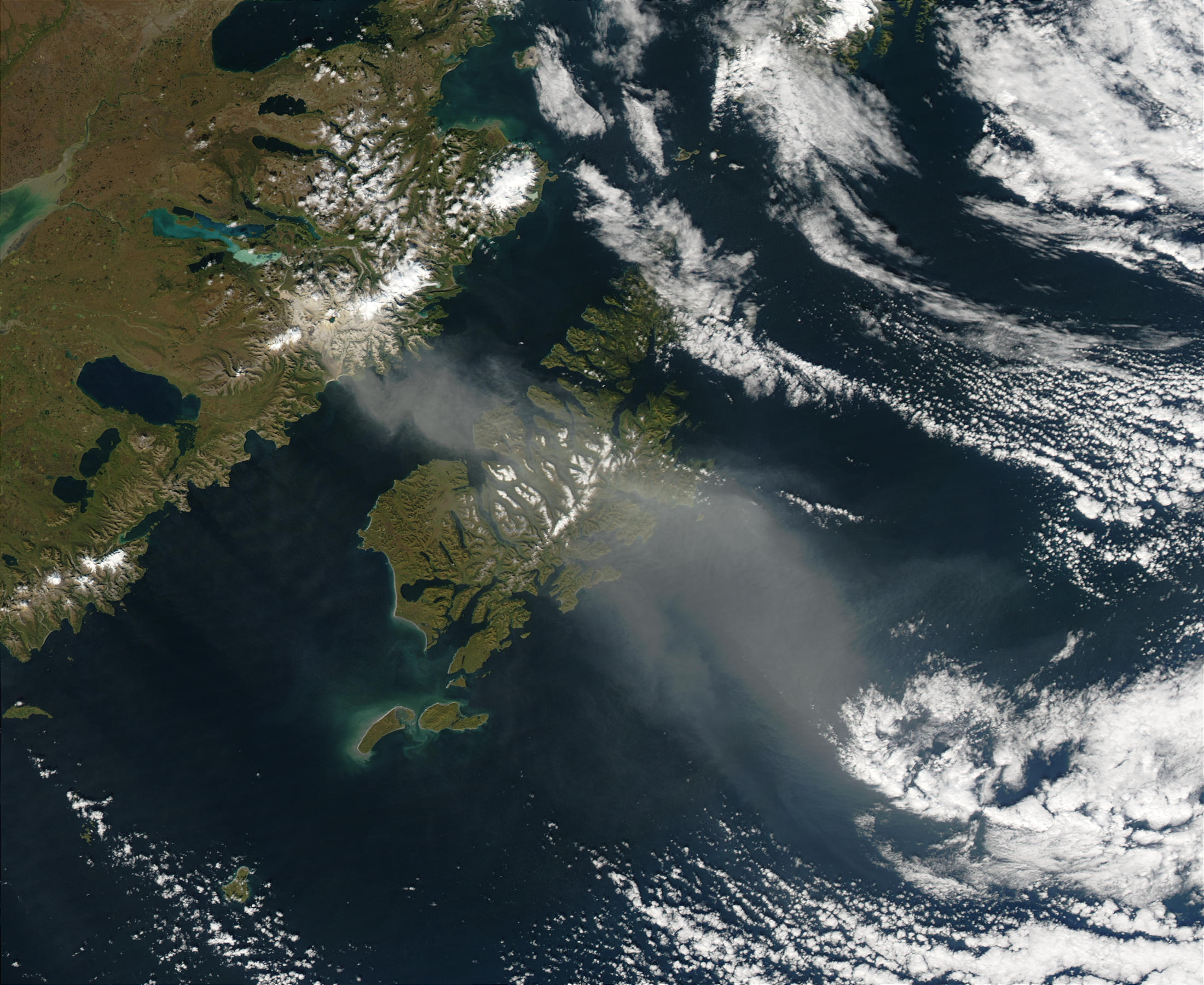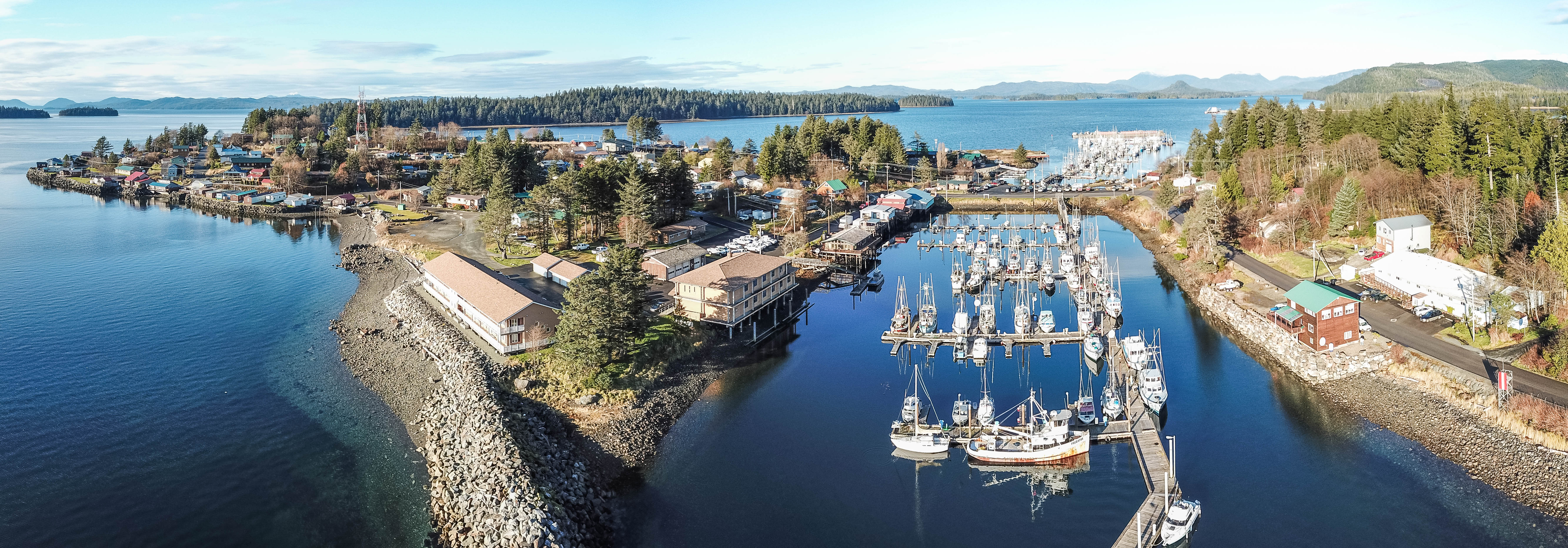The vast majority of the US is a hulking mainland, but on the peripherals of this heartland are an array of islands that are as plentiful as they are diverse. From paradise-like atolls to icy archipelagos, the US harbors some incredible islands. These are the five most significant, size-wise.
1. Hawai’i’s Big Island
Hawai’i’s aptly named Big Island is the largest island in the US with an area of 10,438 square kilometers (4,030 square miles). Known as Moku o Keawe in the Hawaiian language, the island is the site of the world’s largest active volcano: Mauna Loa, which means “Long Mountain”.
An inactive volcano called Mauna Kea is also situated on the Big Island. Although its peak is just 4,205 meters (13,796 feet) above sea level, it is technically the world’s tallest mountain when measured from its base on the sea floor, measuring about 10,000 meters (33,500 feet). By comparison, Mount Everest is a mere 8,848 meters (29,031 feet) tall.
2. Kodiak Island
The second biggest island in the US is Kodiak Island, located on the south coast of Alaska. It’s the ancestral land of the Sugpiaq, an Alutiiq nation of Native Americans who have lived here for some 7,500 years.
The island is abundant in wildlife, including red foxes, river otters, short-tailed weasels, bats, Sitka black-tailed deer, mountain goat, Roosevelt elk, and its very own subspecies of brown bear, the Kodiak bear.

A true-color image of resuspended volcanic ash looming over Kodiak Island, Alaska.
Image credit: Jeff Schmaltz/MODIS Rapid Response Team/NASA GSFC
3. Puerto Rico
Puerto Rico is the third largest island in the US, measuring 8,897 square kilometers (3,435 square miles) in area. Located in the northeast Caribbean Sea, the island became part of the US as a result of the Spanish-American War in 1898.
With an average temperature of around 24°C (75°F) throughout the year, it hosts an array of tropical biodiversity, including over 200 unique bird species and a large collection of snakes, lizards, frogs, and iguanas.
4. Prince of Wales Island
Another Alaskan island, Price of Wales Island, comes in as the fourth largest island in the US with an area of 6,674 square kilometers (2,576 square miles).
Although the traditional territory of the Tlingit people, it picked up this European name during the colonial forays of the past few centuries. The earliest use of the name appears in a treaty between Great Britain and Russia in 1825, named for the Prince of Wales of England (at the time, the title belonged to George IV, not Prince William).

The snoozy town of Craig on the Prince of Wales Island.
Image credit: Alaska Drones/Shutterstock.com
5. Chichagof Island
The fifth-largest US island is, once again, in Alaska: Chichagof Island, with an area of 5,305 square kilometers ( 2,048 square miles). Previously known as “Yakobi,” the island acquired this new name in 1805 to honor Admiral Vasili Chichagov, a Russian admiral and Arctic explorer who, curiously, never even visited the area.
It’s no stranger to all the types of charismatic biodiversity you’d expect to see in Alaska, such as sea otters, sea lions, deer, and the odd bear. The brown bears that frequent the island are their own subspecies, known as the ABC Islands bear or Sitka brown bear.
Source Link: The Five Largest Islands Of The US Are Full Of Surprises